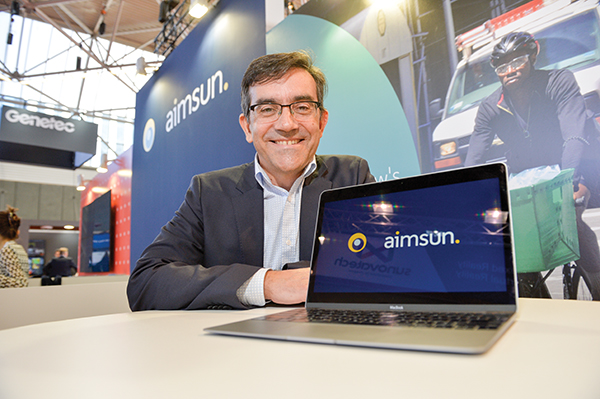
The
The latest version of Aimsun Next incorporates the average-speed London Emissions Model (LEM), developed by Transport for London (TfL). This model is matched to London driving conditions (central, inner and outer London) and is underpinned by Real-Driving Emissions (RDE) data.
It includes on-road and laboratory data of passenger cars (petrol, diesel and petrol-hybrid), taxis, buses, and rigid and articulated heavy goods vehicles (HGVs). The average-speed emission functions for the entire European fleet of old and new, including Euro 6 / VI, light and heavy-duty vehicles, have been developed using a micro-trip approach.
Unlike commonly applied average-speed models such as Copert, which forms the basis of the UK Emissions Factor Toolkit, the functions can be applied to short road links or sections and are reliable at low speeds.
Current developments include an Instantaneous Emissions Models (IEM) that relies on Aimsun Next micro trajectory simulations to take into account periods of acceleration, deceleration, cruising and idling.
The Aimsun team believes these advancements will make vehicle emission models more accessible to Aimsun software users and help to clean the air in our cities.
Stand 8.306
<%$Linker:





